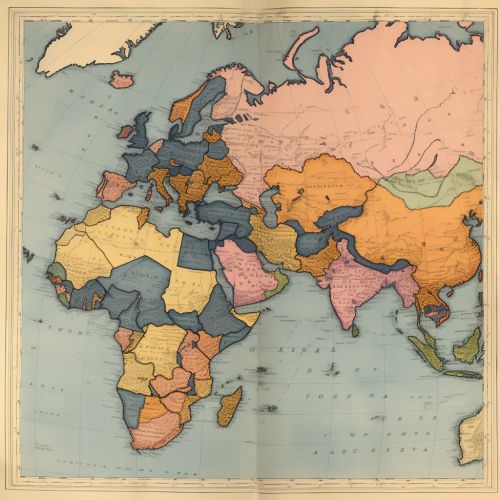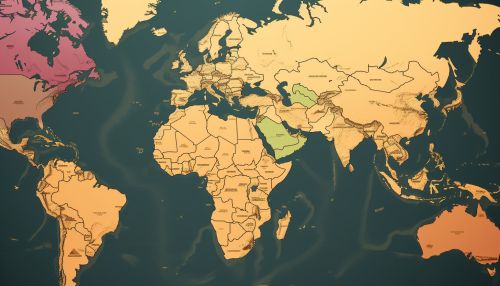Indo-European languages
Origins and History
The Indo-European languages are a large language family native to western and southern Eurasia. It comprises most of the languages of Europe together with those of the northern Indian Subcontinent and the Iranian Plateau. A few of these languages, such as English, have expanded through colonialism in the modern period to many parts of the globe, including all six inhabited continents.


The term "Indo-European" was first used by Thomas Young in 1813 and gained widespread acceptance after the publication of Franz Bopp's Comparative Grammar of Sanskrit, Zend, Greek, Latin, Lithuanian, Gothic, German, and Slavonic Languages in 1833. The Indo-European family is divided into several branches or sub-families, the largest of which are the Indo-Iranian, Germanic, Romance, and Balto-Slavic groups.
Classification and Related Languages
The Indo-European languages are typically divided into ten branches, of which eight or nine are extant. These are the Albanian, Armenian, Baltic, Celtic, Germanic, Hellenic, Indo-Iranian, Italic, and Slavic branches. The extinct branches are the Anatolian and Tocharian.
Phonology
The phonology, or sound system, of the Proto-Indo-European language (PIE) has been reconstructed through the comparative method, which finds common features among languages that cannot be explained by coincidence or borrowing, and extrapolates ancient features from these.
Morphology
Morphology in the Indo-European languages includes a number of prominent features, such as a full range of both inflectional (suffixing) and derivational morphology, three genders (masculine, feminine, and neuter), and complex system of declension for nouns, pronouns, and adjectives.
Syntax
The syntax of the early Indo-European languages can be explored by examining the surviving examples, which are of three types: some early inscriptions in the Greek and Latin alphabets, the more extensive but still limited corpora of Vedic Sanskrit and Homeric Greek, and the translations into Gothic of parts of the New Testament.
Modern Indo-European Languages
Today, the most widely spoken Indo-European languages by native speakers are Spanish, English, Hindi, Portuguese, Bengali, Russian, German and Punjabi, each with over 100 million speakers, with French, Italian and Persian also having significant numbers.
